Cotton pests can have a devastating impact on cotton-producing communities, causing huge crop losses. For many low- and middle-income nations, cotton is a major cash crop, with millions of farmers dependent on it for their livelihoods.
For this year’s World Cotton Day (7th October), we take a look at some of the major cotton pests, their symptoms, and how to manage them.
Cotton bollworm
Helicoverpa armigera
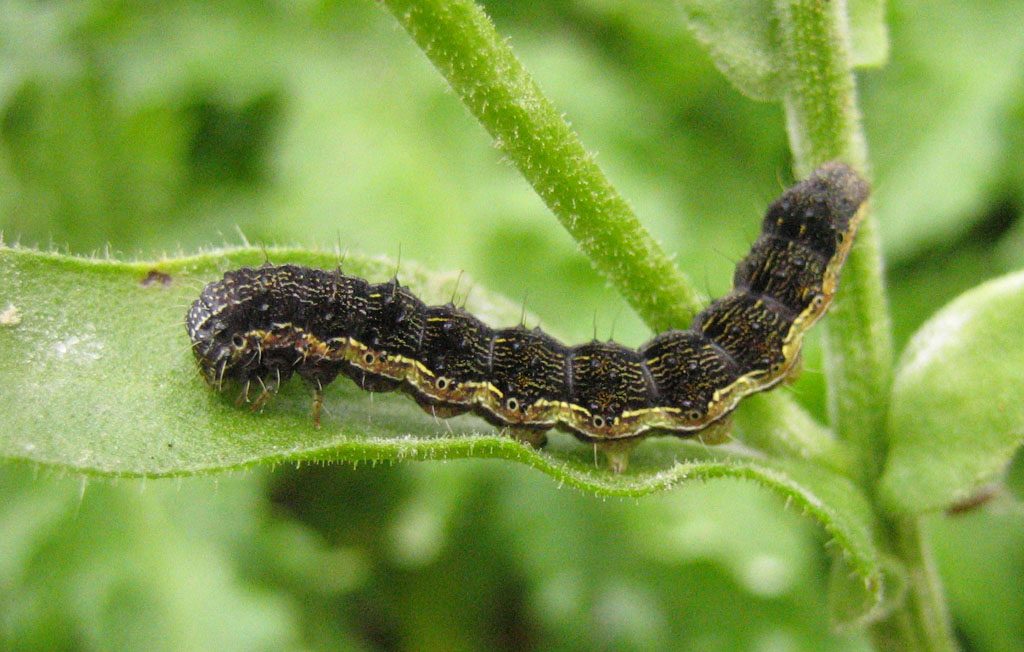
Found across the globe, except in Central and North America, Helicoverpa armigera larvae are marked by greyish-black stripes running down the body. They occupy the base of flower buds, as well as the leaves and shoots of the cotton plant. Into adulthood, moths are 35-40mm wide, distinguished by a yellowish-brown tone.
Just two or three larvae on a plant can destroy all the cotton bolls within 15 days. There is a range of prevention methods farmers can take against this cotton pest. This includes reducing planting density, planting trap crops like corn, and using resistant varieties. In addition, providing habitats for natural enemies, such as egg parasitoids and ants, is also a useful prevention tactic.
Visit the Plantwise Knowledge Bank for further information on cotton bollworm symptoms, diagnosis, and management.
Cotton aphid
Aphis gossypii
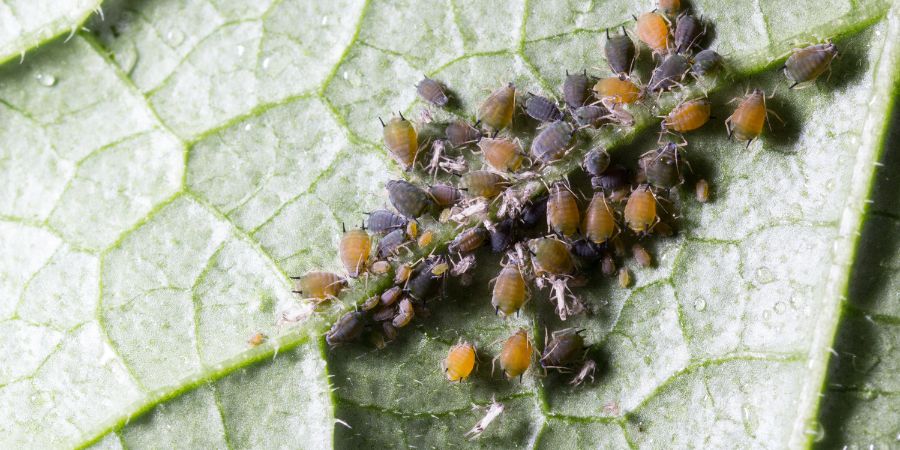
Distributed worldwide, the cotton pest Aphis gossypii is both small and adaptable, meaning it easily spread to wreak havoc on cotton plantations. They can range in colour; yellow during the warm summer months, and very dark green in cool spring and autumn temperatures.
Serious damage to cotton occurs when large populations strengthen, feeding on the honeydew the crops excrete. This causes the yellowing and curling of leaves. This can result in huge economic losses due to a reduction in yields.
Farmers can prevent cotton aphid outbreaks by using resistant varieties, rotating the planting of cotton with onion or maize, and, avoiding the use of broad-spectrum insecticides.
Visit the Plantwise Knowledge Bank for further information on cotton aphid symptoms, diagnosis, and management.
Cotton mealybug
Phenacoccus solenopsis
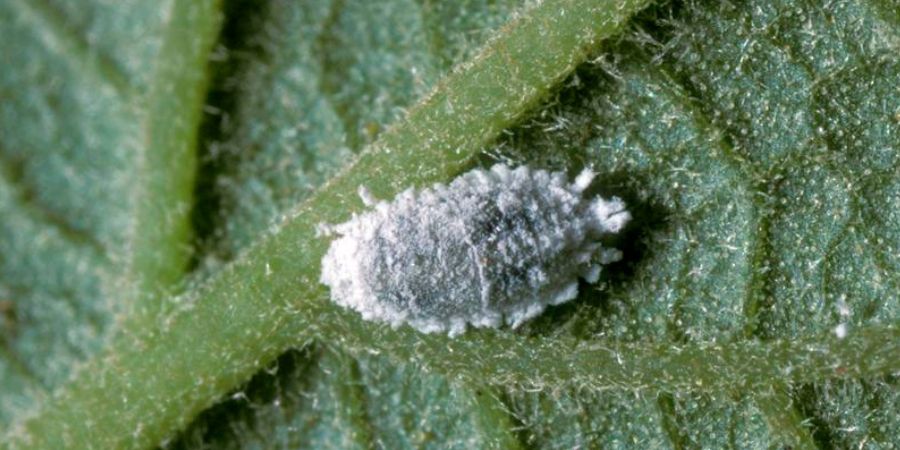
Phenacoccus solenopsis is a mealybug native to North America that is now widespread. It can multiply rapidly but is inefficient at dispersal unless assisted by wind, animals, or machinery passing through the crop. With assisted dispersal, it can spread to vast areas where its host plants occur, in a relatively short time.
This cotton pest is 2 to 5mm in length and covered in a powdery-white wax secretion. Their feeding causes premature defoliation of crops, reduced plant growth, and premature death.
Its vital farmers look out for signs of this species, by initiating regular field surveys and closely examining stems, leaves, and flowers for small white oval insects. The presence of honeydew deposits is also a clear sign of an infestation.
To further control growing populations, biological methods provide a cost-effective, non-toxic solution. Other tactics include integrated pest management systems and ensuring infested areas are sanitised.
Visit the Plantwise Knowledge Bank for further information on cotton mealybug symptoms, diagnosis, and management.
Cotton seed bugs
Oxycarenus hyalinipennis
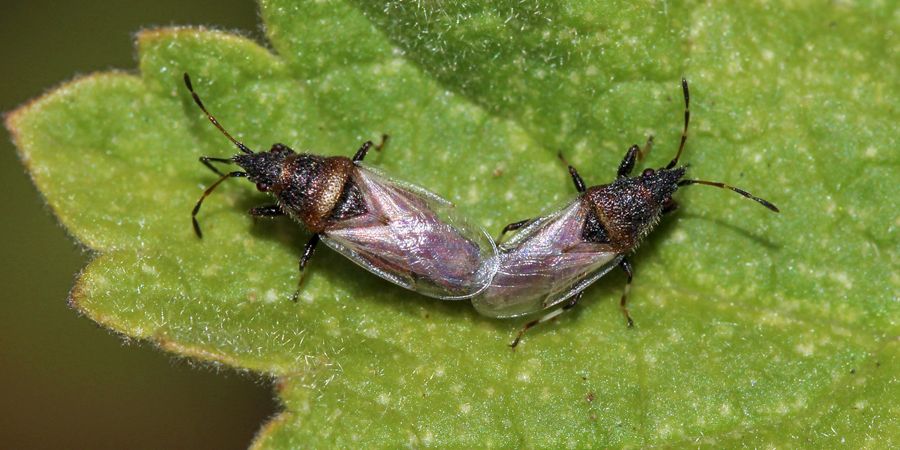
The cotton pest Oxycarenus hyalinipennis is present across S. America, Africa, Europe, and Asia. Found feeding on seeds, they are identified by their brown heads and pink/ orange abdomens. Serious outbreaks can reduce seed germination by up to 88%.
A symptom of an infestation is a foul odour, as insects are crushed in cotton plants. Moreover, large numbers gather on neighbouring buildings. To prevent infestations, farmers should remove other hosts from the field, including crops like apples, avocados, and grapes. Furthermore, using okra as a border trap crop can prevent the pest from entering the field.
Visit the Plantwise Knowledge Bank for further information on cotton seed bug symptoms, diagnosis, and management.
Black cutworm
Agrotis ipsilion
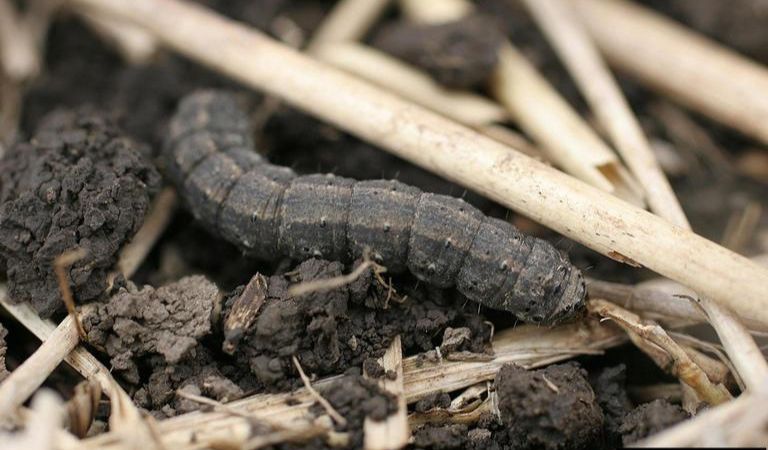
Black cutworms are small, grey caterpillars that primarily feed on cotton seedlings. The larvae can burrow into stems, causing boreholes. Into adulthood, moths are identified with a black dagger-like shape on the outer margins of their wings.
Agrotis ipsilion is found worldwide. A key prevention method is to avoid planting cotton in fields previously used to grow alternate host crops or pasture land. Another method is to remove weeds to reduce the presence of eggs during the growing season. Direct control methods are also vital, such as searching the undergrowth of fields and soils around the base of seedlings for larvae.
Visit the Plantwise Knowledge Bank for further information on Black cutworm symptoms, diagnosis, and management.
Further information
You can also find management, prevention, and control advice for mango pests and diseases in your region on the Plantwise Knowledge Bank. Simply search for a pest or crop and then filter the results by country.
The Plantwise Knowledge Bank is a free online resource that gathers plant health information from across the world. Over 15,000 pieces of content, which include pest management decision guides (PMDG), factsheets for farmers (PFFF), species pages, photo sheets, manuals, and video factsheets in over 100 languages.
Visit the CABI BioProtection Portal to find out about the biocontrol or biopesticide products available for use in your country.
3 Comments
Leave a Reply

Great Article! Well written and informative
Very informative for cotton growers, but need some addition in cotton pests.
I am also giving information about cotton in the Urdu language to local farmers of Pakistan. As you say, cotton aphid, mealybug, and seed bugs are destructive for the cotton crops but other cotton pests like jassid, thrips, whitefly, pink bollworm, armyworm, spotted bollworm, american bollworm are also very dangerous for cotton as well as cotton diseases like fusarium wilt, leaf curl virus, and bacterial blight also have a catastrophic impact on cotton crop.
Cotton farmers are grappling with a severe threat to their yields as pests wreak havoc on crops. The infestation has led to significant losses, impacting both the quantity and quality of cotton harvests. Farmers are actively seeking sustainable and effective pest management strategies to safeguard their livelihoods and maintain the productivity of this crucial agricultural commodity.